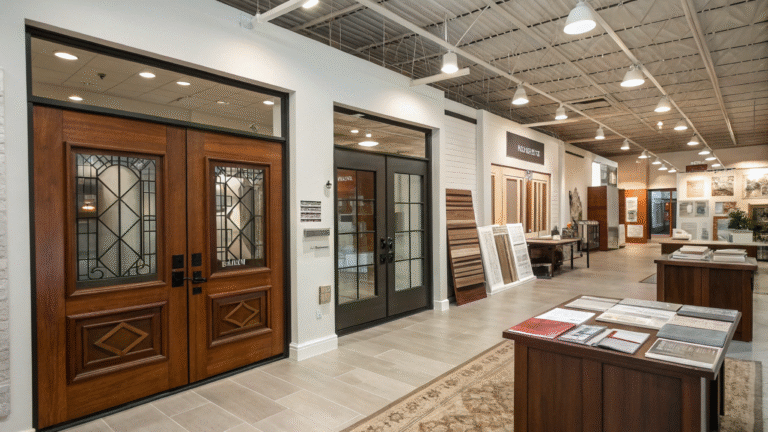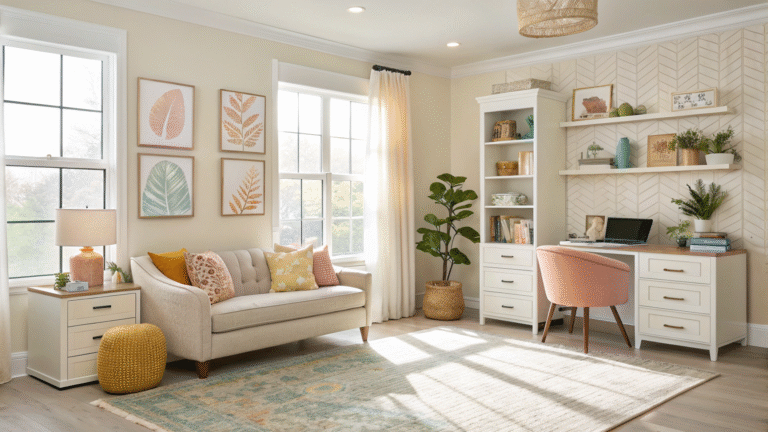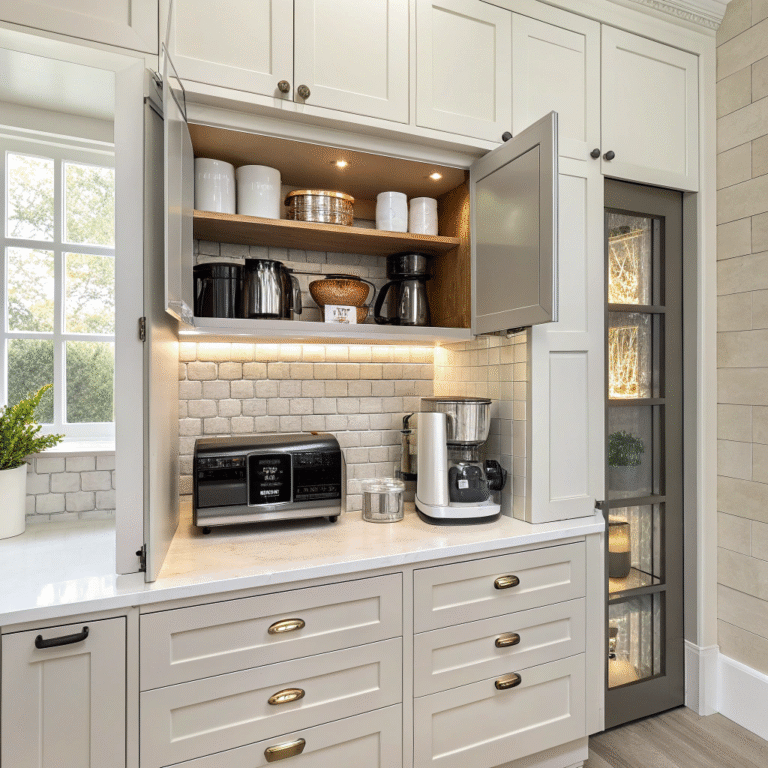How Lighting Can Transform the Look of Your Art Collection
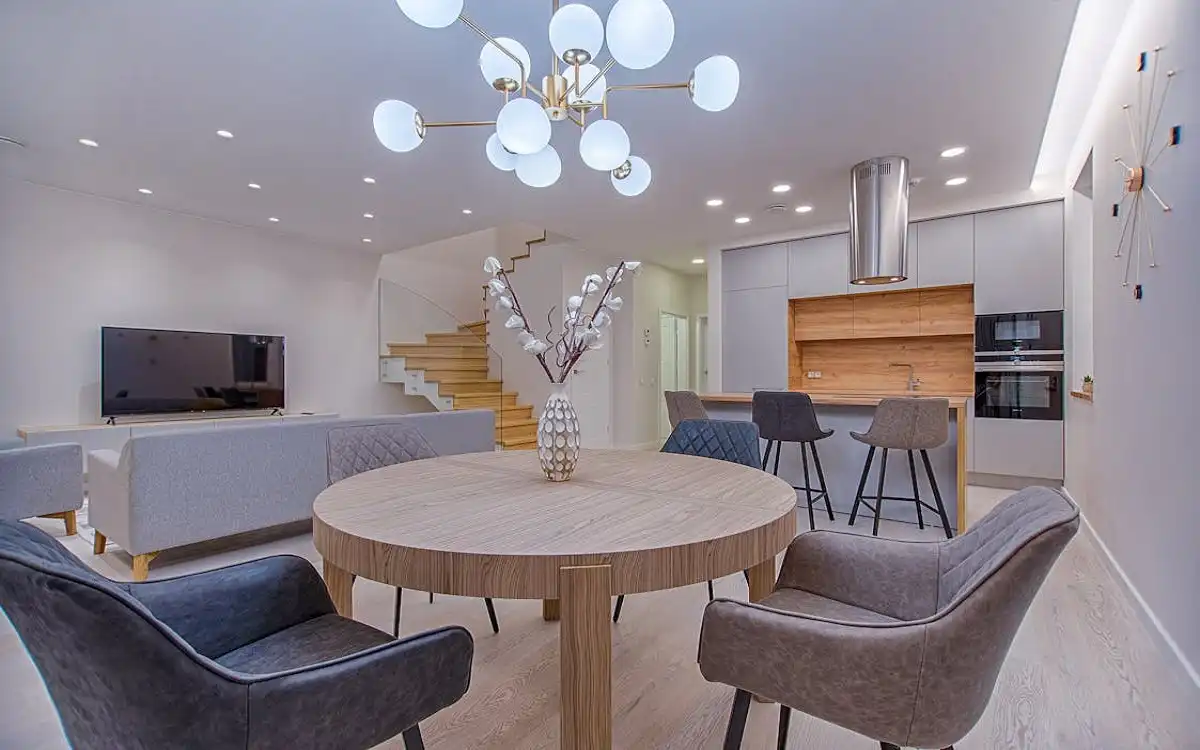
Showcasing your art collection couldn’t be more important and the lighting is most important. It can really bring out color, texture and detail on your artwork in a dramatic and thrilling way. If you have a small collection of your favorite pieces, or if you have a large range of art, lighting is an important way to showcase your collections to their best benefit. If you have an existing art collection, here’s how lighting can make it look and feel great, plus the best techniques to make it work for you.
Check This Out Next: 31 Best Living Room Ideas for a Stylish, Functional, and Cozy Space
1. The Power of Proper Lighting
Lighting is in creating the atmosphere, not the illumination. Lighting is a key component to how your work is being received. A proper lighting of a scene can brighten up colors, texture and texture of details that could be otherwise ignored. On the flip side, poor lighting will make the colors seem distorted, create glare, or add unflattering shadows to the beauty of the artwork.
With the correct light source you can control the ambience in the room and make the collection attractive to the eyes. But it can attract attention to certain parts, invoke emotions to the room and make it nice. Strategic use of lighting allows you to make a focal point in your art where suddenly the art becomes an intentional sculpture rather than random objects on a wall.
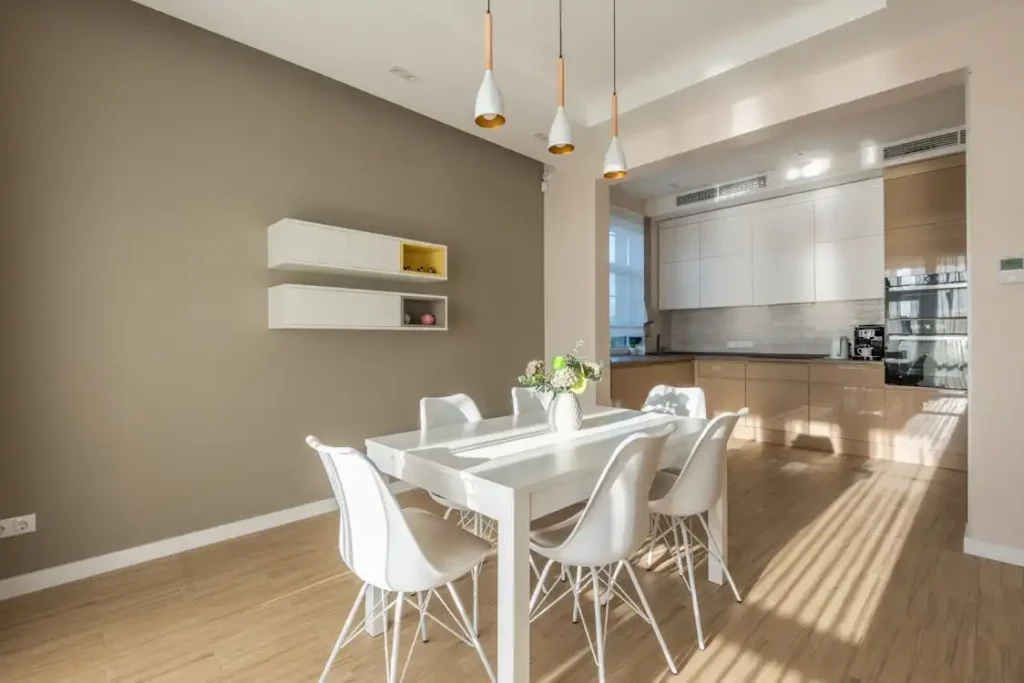
2. Types of Lighting for Art
Apart from putting your artwork under lights, there’s also other kinds of lighting that you can use to highlight your artwork. The most common lighting options include:
Track Lighting: It’s one of the most versatile options for lighting artwork. With track, you can direct the tracks of light to concentrate on a piece or section of the room. Creating an art gallery atmosphere is ideal for it and it works well for small or large collections.
Picture Lights: These are special purpose fixtures meant to light artwork. Mounted above or below the piece they shine light directly onto the aboriginal inspired dot artwork, keeping the surrounding wall free of light spill. You can find picture lights in many styles and can look very polished, like something from a museum.
Recessed Lighting: Recessed lighting is sleek, pleasing, and unobtrusive — it is built into the ceiling. I use these lights for getting a soft, even wash of light across a series of artworks, or for illuminating a whole room, without the need to emphasise the light fixtures themselves. The more modern the setting, the better they work.
Wall Sconces: Sconces on walls can give more subtle, elegant illumination to artwork. Alternatively, they can be mounted on the walls either side of the piece, or above it, to provide a more diffused light that doesn’t overpower the image.
3. Choosing the Right Light Temperature
When it comes to showing art, having the right color temperature of your lighting is important. There are a number of color temperatures of lights measured in Kelvin (K) and each has a different effect on how your artwork appears. In general, you’ll want your light to bring out the colors of your artwork without radically changing them.
Warm Light (2700K to 3000K): It’s a yellowish light that is soft, like you want to make some cozy, inviting place. Works especially well for artwork that is warm toned, i.e. reds, oranges and earth tones. If the base doesn’t have a lot of texture, it will cheese up a little but leave the cooler colors slightly duller, so it’s best used with more neutral or warm toned work.
Neutral Light (3500K to 4000K): With this lighting you get a balanced, natural view of your shots, much like daylight. This is a great option for dozens of type of artworks, because it gives a brighter illumination while preserving the true colors of the art. Just as it sounds, neutral light is great for art with a wide color palette, from pastels to vivid tones.
Cool Light (5000K to 6500K): It’s a light having a bluish tone ideally fit to create a clean crisp look, in more modern or contemporary settings. If you’re editing artworks with cool tones like blue and green, or items with fine details you want to highlight, it’s what you want. It washes out warm colours, and it’s best used selectively.
4. Avoiding Glare and Shadows
When you are lighting your artwork it’s best to avoid glare as it can obscure parts of your art and make it hard to appreciate. Direct light striking the surface of the painting or print at an angle usually infuriates glare. To prevent glare, consider the following tips:
- Choose light fixtures that can be directed around so you can direct the light just where you need it.
- Place the light at a 30o angle to the picture in order to avoid direct reflection on the surface.
- Use diffused light sources to shed a soft, even, less intrusive and penetrating light on your artwork.
If you are using overhead lighting, keep it away from the piece by at least a few inches, so that you don’t cause harsh shadows.
5. Highlighting the Right Art Pieces
Lighting select pieces in your collection strategically will help you create focal points, and lead the viewer eye to what you want them to see first. By shining a light on key pieces and letting others blend into the background you can create a feeling of hierarchy.
For example:
For a statement piece, or an artwork you would like to have people focus on, use brighter, focused it.
Alternatively, for smaller works softer lighting can be used to warm and add intimacy without overpowering the work.
If you have a large collection you can alter lighting intensity to create different moods and to ‘dial in’ different works at different times.
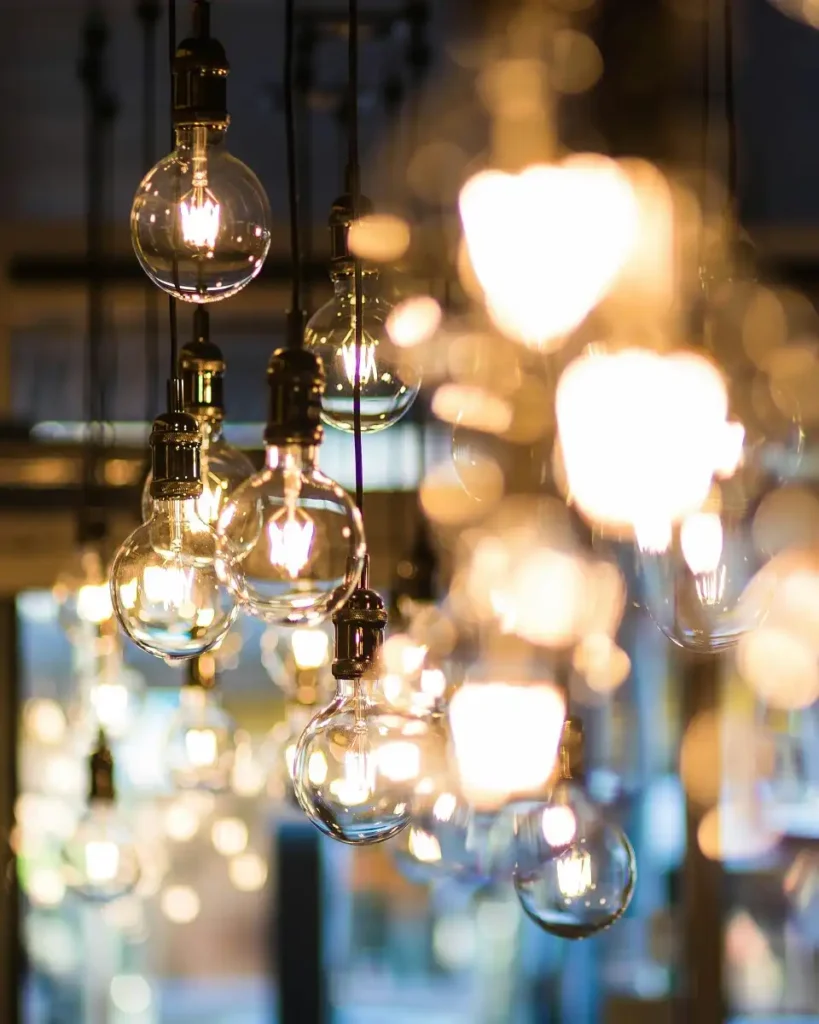
Conclusion
It really can make a difference as to how people view and appreciate your art, by the use of proper lighting. Choosing the right light source, color temperature, and location for displaying art will showcase the best of your collection and create a space that will both compliment the art and draw the viewer into the room at the same time. Art lighting plays a huge part in how people perceive art, and this whether you’re showcasing a single piece or an entire collection. With a bit of planning you can turn your space into a true art lover’s dream.



